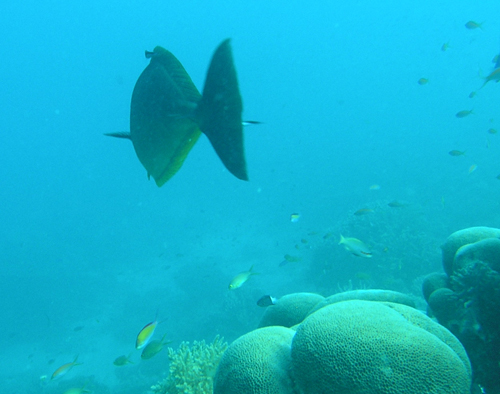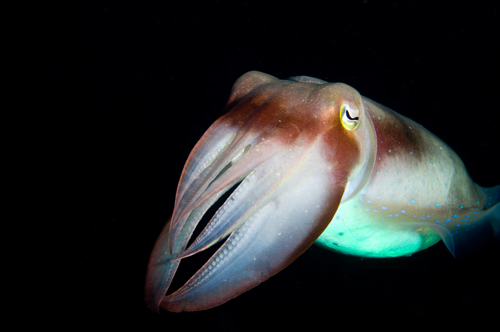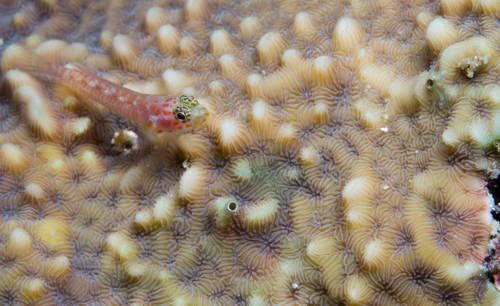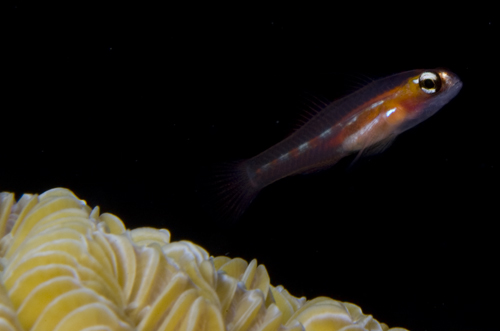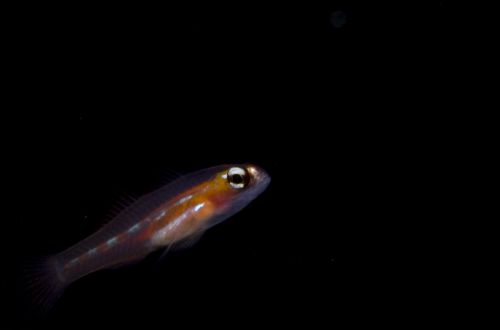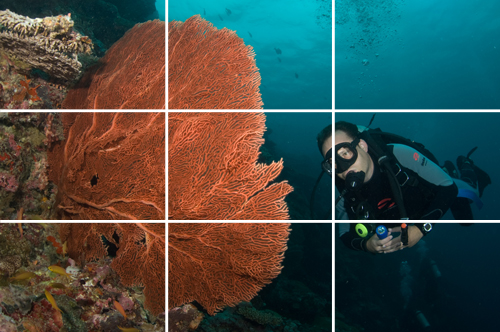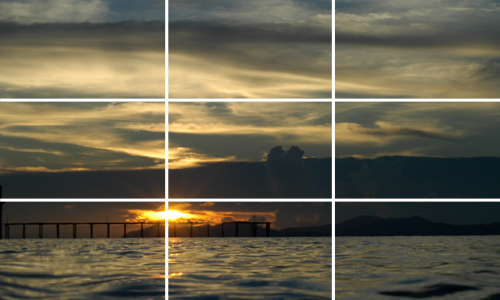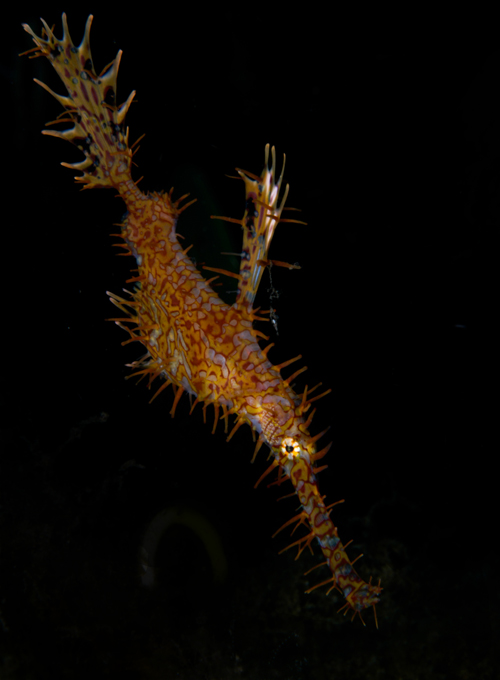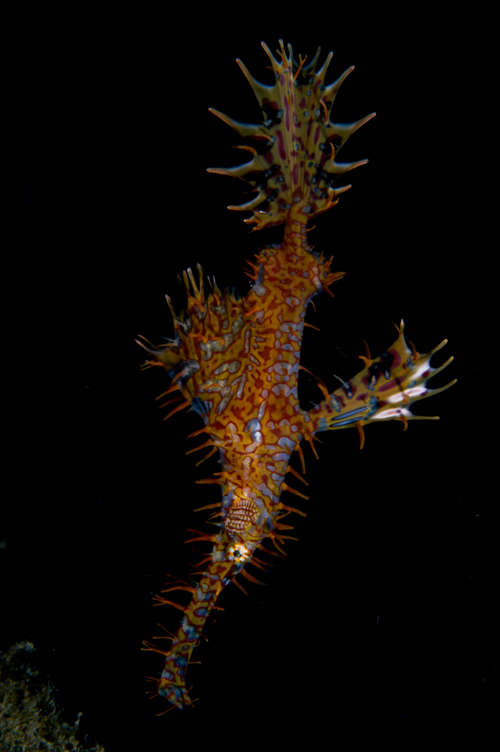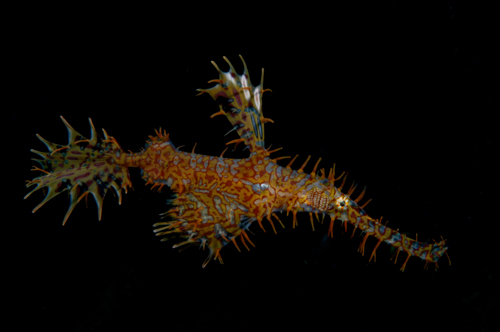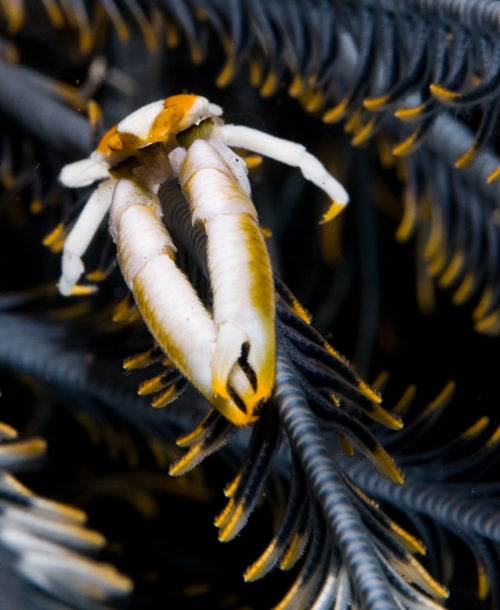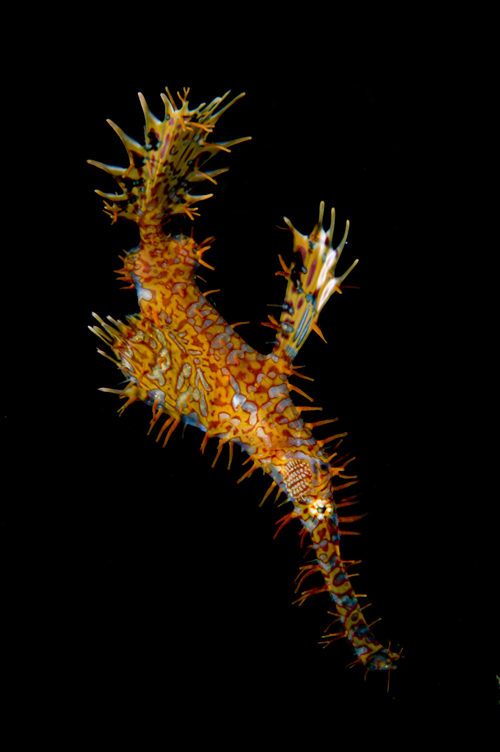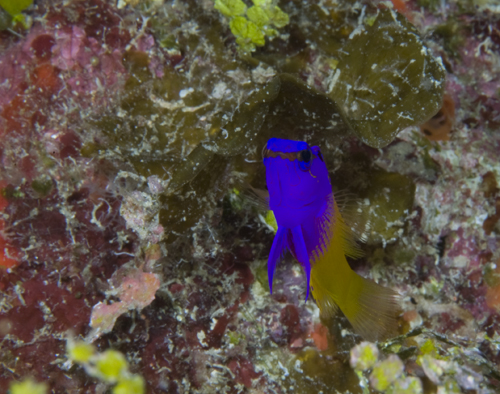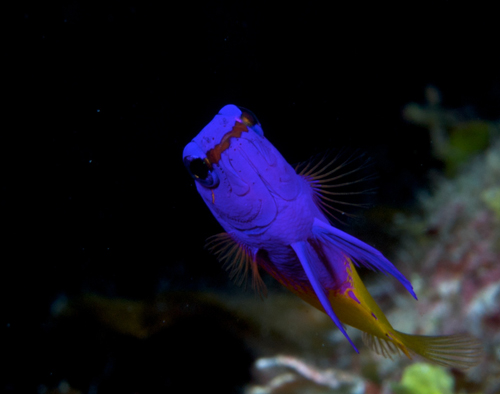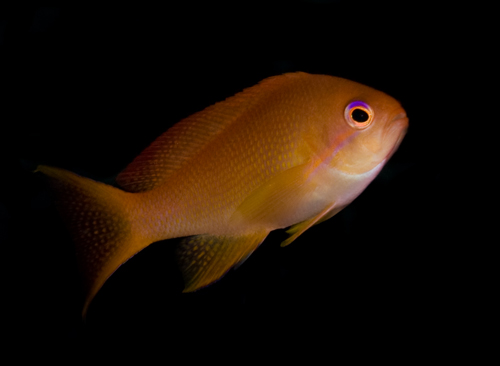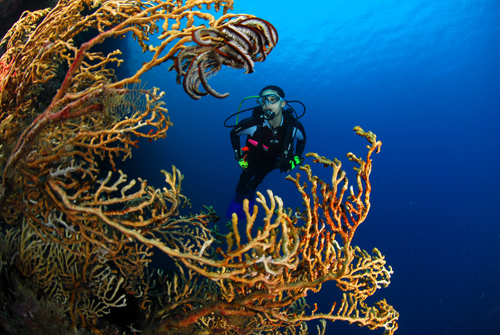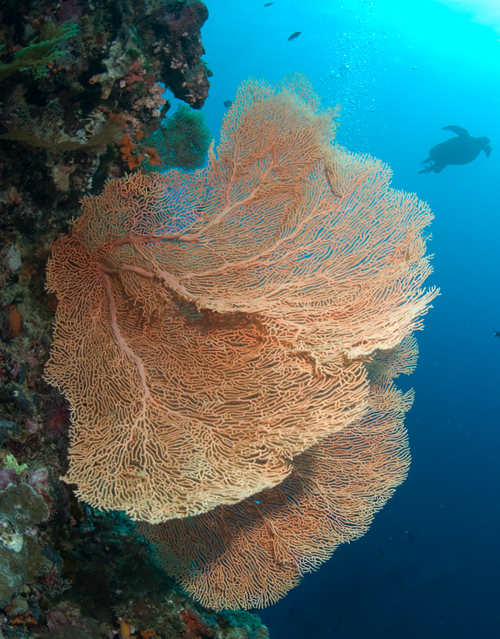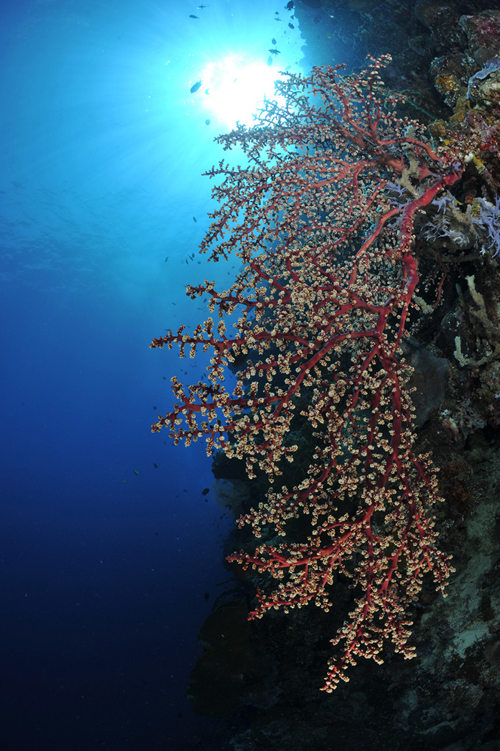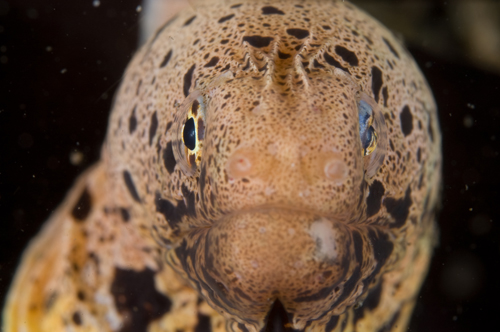Introduction
In its most basic definition, composition refers to the arrangement of elements within an image to create a cohesive whole. It is an essential aspect of photography that, alongside lighting, allows photographers to inject their subjective input into an image. Composition is a form of art rather than a science, with no right or wrong rules to follow. Renowned photographer Ansel Adams once said, “There are no rules for good photographs, there are only good photographs.” While composition is subjective, there are certain tried and true guidelines that can enhance the visual appeal of images and draw attention to the subject for the viewer.
Composition Doesn’t Just Happen
Beginner photographers often make the mistake of seeing a subject they like and immediately start shooting without considering how it would look best in the frame and within its environment. Taking the time to think about composition can significantly enhance the impact of an image. This guide will provide you with basic composition tips that will help improve your images. While these tips are not specific to underwater photography, they can be applied to all types of photography. Consider them as a starting point to eventually develop your own creative vision.
Camera Orientation: Portrait or Landscape
When it comes to camera orientation, there are two general options: vertical (portrait) and horizontal (landscape). Each orientation offers a unique perspective and can greatly impact the visual outcome of an image. It is essential to approach every subject with an open mind and without preconceived notions of the “correct” orientation. Feel free to experiment and shoot both portrait and landscape images of the same subject. Sometimes, the unexpected orientation may surprise you and yield better results than you initially imagined.
Enough Fish Butts and Dorsal Fins
When photographing underwater, we find ourselves in a three-dimensional world. We often look down on the marine life below. To create visually pleasing images, it is important to resist the temptation of capturing only the top of fish. In order to create a more pleasing composition, it is crucial to position yourself below the fish or at least at eye level. This perspective allows for a better connection with the subject and eliminates the common occurrence of capturing dorsal fin shots. Get low and shoot up to capture the full essence of the subject.
Another common mistake to avoid is chasing after a subject after scaring it. Fish swim faster than humans can catch up, resulting in subpar “fish butt” shots. Patience is key when photographing marine life. Take the time to wait until the subject is facing you, as the eyes are the most important part of any subject. Without eyes, viewers struggle to relate to the subject and connect with the image.
Don’t Cut Off Parts of Your Subject
While it is sometimes acceptable to not include the entire subject in a photo, it is important to avoid unintentionally cutting off parts of the subject with the edges of the frame. This is particularly true when the shot was meant to include the subject in its entirety. Failure to do so can result in an image that appears incomplete and may subconsciously leave viewers feeling unsatisfied. For creative macro shots, strategic framing can be employed to focus on specific parts of the subject, such as a face portrait or eye shot.
Consider the example of a well-lit, sharp image of a cuttlefish. Unfortunately, part of the animal is cut off, compromising the overall impact of the image. Make sure to frame the subject in its entirety to capture the full beauty and essence of the underwater world.
Focus On the Eyes
One of the most important rules in wildlife photography, including underwater photography, is to ensure the eyes of the subject are in sharp focus. Out-of-focus eyes can lead to a loss of audience engagement. Eyes hold a great deal of expression, and humans naturally connect and communicate through eye contact. Therefore, it is only natural for viewers to be drawn to the eyes in an image. When shooting with large apertures or high magnification macro lenses with shallow depths of field, it becomes crucial to focus precisely on the eyes. Locking the focus on the eyes and then composing the rest of the image increases the odds of capturing this vital feature sharply.
Even if the rest of the subject is out of focus, it is essential for the eyes to be sharp and in focus. This allows viewers to connect with the subject and adds a level of depth to the overall composition.
Give Fish Room to Swim
When photographing subjects in motion, it is imperative to place them far from the edges of the frame, allowing them to “swim into the frame.” Leaving more space in front of the moving object than behind it creates a visually pleasing composition. When a moving object appears too close to the edge, it can create subconscious discomfort in viewers, as if the subject is about to swim off the frame. By providing ample space in front of the subject, the image becomes more aesthetically appealing and engaging.
Consider an image where a fish appears to be swimming out of the frame. This composition makes viewers feel uncomfortable. Now, imagine the same fish, but the image is cropped so that it appears to be swimming into the frame. The latter composition feels much more natural and pleasing to the eye.
The Rule of Thirds: Don’t Aim For the Bulls Eye
The rule of thirds is often considered the golden rule of photographic composition. This principle suggests dividing an image into thirds both horizontally and vertically, with the important elements placed near the intersections. Aligning key compositional elements with these intersection points adds visual interest and impact to an image.
Most great landscape images adhere to the rule of thirds by offsetting significant subject matter from the center and avoiding a horizon line placed directly in the middle of the frame. Placing the main point of interest in the center, known as “bulls eyeing,” typically results in a less captivating and dynamic composition.
For example, consider an image where the focal point is the eyes of a diver. By aligning the diver’s eyes with an intersection point, the image becomes more visually striking and engaging. Similarly, a horizon line placed in the bottom third of the image rather than in the middle adds depth and visual appeal.
Lines, Shapes, and Colors
Diagonal Lines
Introducing diagonal lines to the placement of subjects or backgrounds can significantly enhance the dynamic quality of images and create more visual interest for viewers. The use of diagonal lines serves as a powerful composition tool underwater.
For instance, the ornate ghost pipefish can be captured in a way that utilizes diagonal lines to create an aesthetically pleasing composition. The diagonal flow of the subject adds energy and direction to the image, increasing its overall visual appeal.
Non-Diagonal Lines
Lines are more prevalent in the underwater world than one might initially think. Mastering the effective use of lines can greatly improve the composition of images. Different types of lines convey different qualities, altering the impact of the image.
Vertical lines, for example, signify strength and power. By shooting vertically, subjects such as large barrel sponges or massive stalactites can be emphasized to emphasize their size. On the other hand, horizontal lines often indicate rest or leisure. Shooting a goby resting horizontally on coral suggests the goby is stationary and comfortably perched.
For instance, consider an image of a pipefish shot vertically to accentuate its elongated form and vertigo-inspired lines. By utilizing different types of lines in composition, photographers can evoke different emotions and enhance the visual storytelling aspect of their images.
Leading Lines
Leading lines play a crucial role in guiding the viewer’s eye through an image, dictating the path they take when observing the composition. A well-composed image strategically directs where viewers start looking and how their eyes navigate the frame.
Leading lines can be found in various forms, with diagonal lines often serving as leading lines by starting in one corner and leading the viewer’s gaze to the opposite corner. Aligning these leading lines with the intersections of the rule of thirds can amplify their visual impact.
In an underwater context, the claws of squat lobsters and the curvature of a crinoid can be seen as examples of leading lines. These lines help guide the viewer’s eye through the image and draw attention to the main subject.
The S-Curve
S-curves are a captivating type of leading line that adds considerable visual interest to an image. S-curves don’t necessarily have to resemble an “S” shape exactly; they can comprise various curved or zigzagged lines. The primary purpose of an S curve is to draw viewers into the image, leading their eyes along the line and creating a sense of visual flow.
Underwater, photographers can incorporate S-curves in different ways. When shooting macro subjects, elongated creatures like pipefish or seahorses positioned in a curved form can be utilized to create mesmerizing S-curves. Similarly, wide-angle photographers can find lines within coral formations or larger animals that pull in viewers, generating a captivating sense of depth.
For example, imagine capturing a ghost pipefish using an S curve in its composition. By employing an S curve, the image gains a whole new dimension and captivates viewers with its visual flow.
Beware of the Background
Creating contrast between the foreground subject and the background is crucial in photography, although it can be challenging. The background should never distract from the main subject; otherwise, the viewer’s attention might be diverted away from the focal point.
A common issue arises when, after taking a shot, one realizes that the subject is hard to find within the background due to various colors and forms merging together. The human eye can naturally differentiate between different elements in nature, but photographs, being two-dimensional, tend to flatten and merge backgrounds with the foreground. Consequently, a subject that stands out distinctly to the naked eye appears lost or insignificant in an image.
Consider an image where the subject itself is visually appealing, but the distracting background detracts from its impact. By adjusting the background to be mostly black, the subject stands out significantly and creates a better contrast between the foreground and the background.
Sometimes, the best way to eliminate distractions in the background is to change position or angle. Rushing to capture a subject without considering the background often results in mediocre images. Taking a step back, analyzing the background, and finding a better position or angle can drastically improve the overall composition.
Shooting upward at an angle is a common technique used to minimize distracting backgrounds. By reducing the amount of “stuff” in the frame, the subject gains emphasis. Having multiple points of interest within an image can be very distracting to the viewer, so it’s essential to keep the background uncluttered.
For instance, imagine photographing a group of whip coral shrimp. By shooting from below at an upward angle, only open water appears in the background, creating excellent contrast with the foreground.
Additionally, adjusting camera settings can help manage background distractions. By closing the aperture and increasing the shutter speed, less light can hit the sensor, minimizing the effect of the background. Another approach involves using extreme side or top lighting to illuminate the foreground subject while minimizing the impact of the background.
Alternatively, photographers can achieve a pleasing composition by using a large aperture to blur the background. Although this technique might allow more light into the background, creating an out-of-focus background can be more visually appealing than a distracting, in-focus one. Sometimes, even if a coral in the background is distracting, a larger aperture can blur it sufficiently to create an interesting backdrop.
Contrasting Colors
One surefire way to create images that stand out is to juxtapose the primary subject against a contrasting color. Choosing a background color that complements the subject, be it the blue or green water, a solid black backdrop, or the colors of another object, can make or break an image.
For example, a stunning red soft coral is visually striking when photographed against a vibrant blue background of open water. In contrast, capturing the same coral against a busy background with various life forms can diminish the impact of the subject. While the experienced eye may recognize the red coral as the focal point, an uninformed viewer might struggle to identify the subject in such a busy composition.
Macro photographers often isolate subjects against monochromatic backgrounds. A colorful macro subject can pop when contrasted with a pure black background. To learn more about creating a black background, refer to our comprehensive guide on underwater macro photography.
For instance, imagine capturing a subject like the anthias against a black background. The contrasting colors allow the subject to stand out, adding vibrancy and visual appeal to the composition.
Negative Space
Negative space, referring to the part of the frame devoid of shapes or objects, can be a powerful element in composition. In the context of underwater photography, negative space is often represented by the blue or green water or black backgrounds.
While negative space can significantly enhance a composition, it is essential to remember that not all subjects are suitable for this technique. When photographing wild animals underwater, subjects cannot always be posed or positioned in a way that allows negative space to be utilized effectively. In such cases, photographers need to make the most of the opportunities available to them.
Framing Your Subject
Framing subjects with other objects or with negative space can yield pleasing results. Placing a cuttlefish with a black background can be visually appealing. However, lighting up two vibrant red sea fans the cuttlefish is swimming between adds further interest and complexity to the image. Always consider the entire frame, think about how it can be improved, and then capture the shot.
For example, imagine capturing a diver swimming through a reef. This image frames the diver with the reef, creating a captivating composition that draws the viewer’s eye throughout the frame.
Creating a Sense of Scale
Wide-angle photographers often incorporate objects in the background to enhance the appeal of their images. By placing a model or another diver in one of the upper corners of the frame, following the rule of thirds, depth and perspective can be created. This technique allows viewers to grasp the scale and depth of the scene. Without any objects in the background, it becomes challenging for viewers to perceive the depth of the image. By introducing a human figure or another reference object, the sense of scale and perspective becomes clearer.
If a model or another diver is not readily available, including another object, such as the silhouette of a dive boat, can achieve a similar effect. With patience, interesting marine animals like sharks or turtles may swim into the frame in a way that provides a sense of perspective.
For instance, imagine capturing a turtle swimming in the upper right corner of the frame. The addition of the turtle lends perspective to the image, allowing viewers to comprehend the size and depth of the underwater environment.
Shooting Into the Sun
A unique aspect of underwater photography is the ability to shoot directly into the sun and even include it as an intentional part of the composition. The extent to which one can include the sun in the image depends on the quality of the camera’s sensor. Shooting into the sun can create stunning sunbursts, adding a mesmerizing element to the composition. To explore this further, refer to our comprehensive guide on shooting sunbursts.
For example, imagine capturing an image with the sun as a prominent aspect of the composition. Including the sun adds drama and visual interest to the overall scene.
Fill the Frame
When shooting macro subjects, one effective technique is to fill the frame as closely as possible with the subject. In some cases, a close-up portrait can be more impactful than a full-body shot with a distracting background. By getting closer to the subject, the intricate details and beauty of underwater life are accentuated.
Consider an image featuring an eel in the Lembeh Straits. Due to a lack of suitable background, the frame is filled entirely with the subject. By focusing solely on the eel, the image highlights the intricate details of the creature, creating a more captivating composition.
Rules Are Meant To Be Broken
While the guidelines presented here serve as a valuable starting point for composition, it is important to remember that rules are meant to be broken. Truly remarkable composition stems from a photographer’s imagination and creative vision. Exceptional images are the result of thinking outside the box and pushing the boundaries of traditional guidelines. Mastery of composition requires both an understanding of these principles and the ability to break free from them when necessary.
Conclusion
Composition is a fundamental aspect of photography that allows photographers to transform ordinary scenes into captivating visual stories. While there are no concrete rules for composition, there are time-tested guidelines that can significantly enhance the arrangement of elements in an image. By considering camera orientation, angles, the rule of thirds, lines, colors, backgrounds, and other compositional elements, photographers can effectively guide viewers’ attention, evoke emotions, and create visually striking images. Remember, composition is an art form that thrives on creativity and imagination. Embrace these guidelines as a foundation and allow your unique vision to shape your compositions.
The article is compiled and compiled by tipcamera.com


